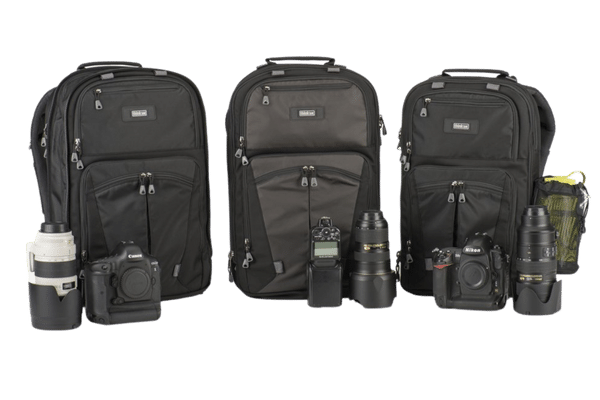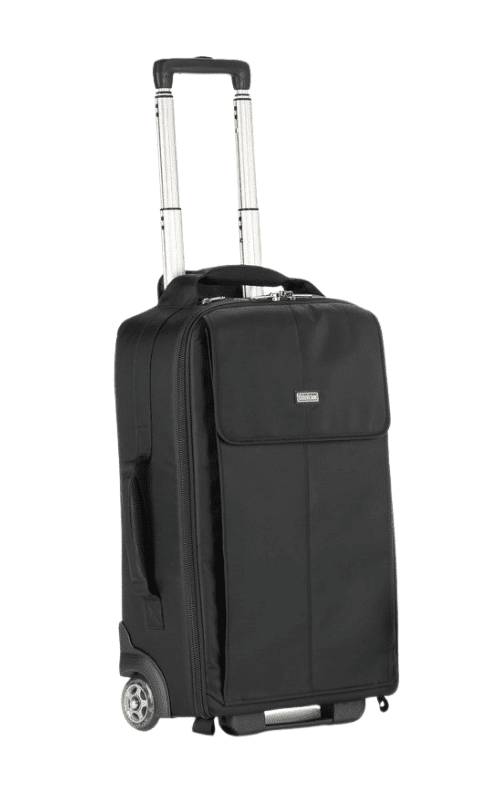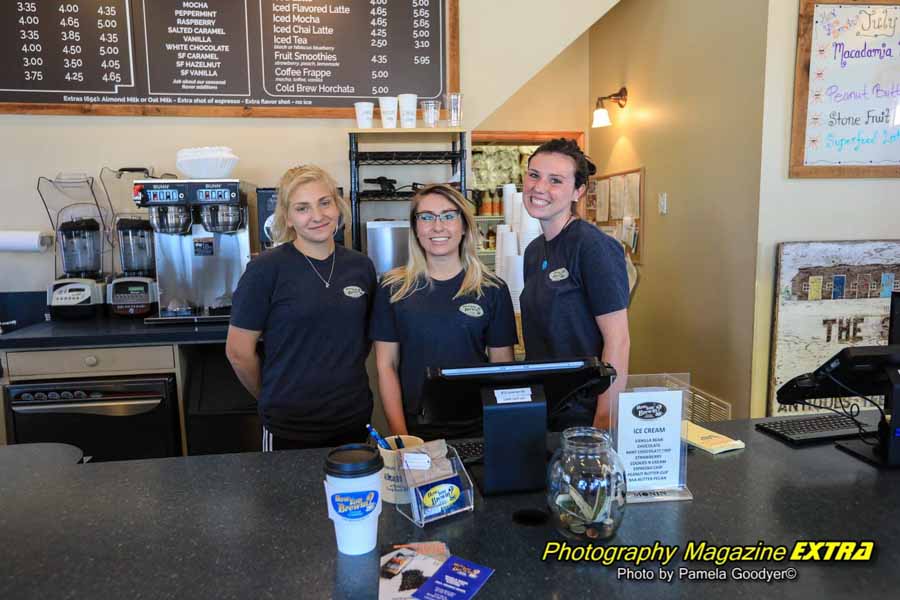WHAT IS THE BEST TIME TO GO?
Spring and fall are great times to visit. This beach town gets less crowded in the spring and fall, and it gets hectic in the summer, especially on the weekends.
This is a DARK SKY area that is good for the Milky Way, so keep this in mind if you want to pair this with a Milky Way trip.
Months: The Milky Way Core can be seen from March to October, disappearing below the horizon for the rest of the year. It appears in the early morning hours in March and becomes visible earlier each month. The best time to catch a glimpse of the core is during summer when it can be seen immediately after sunset, providing an ideal viewing opportunity for stargazers and photographers.
New Moon: Timing is crucial to seeing the Milky Way. This celestial event can only be seen on clear nights without a visible moon, limiting the viewing window.
Light Pollution: The best way to experience the full wonder of the Milky Way is to escape from areas with heavy light pollution. However, it may be possible to see some faint traces of the galaxy from places with mild artificial lighting; the most spectacular views can be found in remote locations far from cities and civilizations. Check out our How to Section for more details, including using a light pollution map to guide you to dark sky locations.
HOW LONG TO PHOTOGRAPH THIS AREA?
This area can be explored and photographed in just a few hours. You should pair this with other great photography locations.
WHAT PHOTOGRAPHY GEAR SHOULD I BRING?
- A Camera with a wide-angle lens.
- A zoom lens for outback on the water.
- Tripod – This is for shooting the milky way and long exposure water shots
- Shutter release
- Polarizing Filter
- Neutral Density Filter
WHAT ELSE SHOULD I BRING?
- Water and Snacks
- Bug repellent
- Coffee thermos for long nights under the Milky Way
HOW DO I GET THERE?
Take the Garden State Parkway
GPS Coordinates
39.76327, -74.10623
ADDRESS FOR GPS: Broadway and The Bay, Barnegat Light, NJ 08006
WHAT OTHER PHOTOGRAPHY IS NEARBY?
New Jersey Photography Locations
There’s plenty of other New Jersey shore area photography.
HOW BUSY DOES IT GET?
It’s not too bad. The parking lot can get busy, but we’ve never had to walk very far. Just keep in mind this island is a beach. Town. So, the area can generally be busy driving through in the summer months, but the park is not that busy.
ANYTHING ELSE?
You can scoot about town during the daytime and photograph boats on a dock, the museum, some gardens, and other things. Some pictures are below.
















